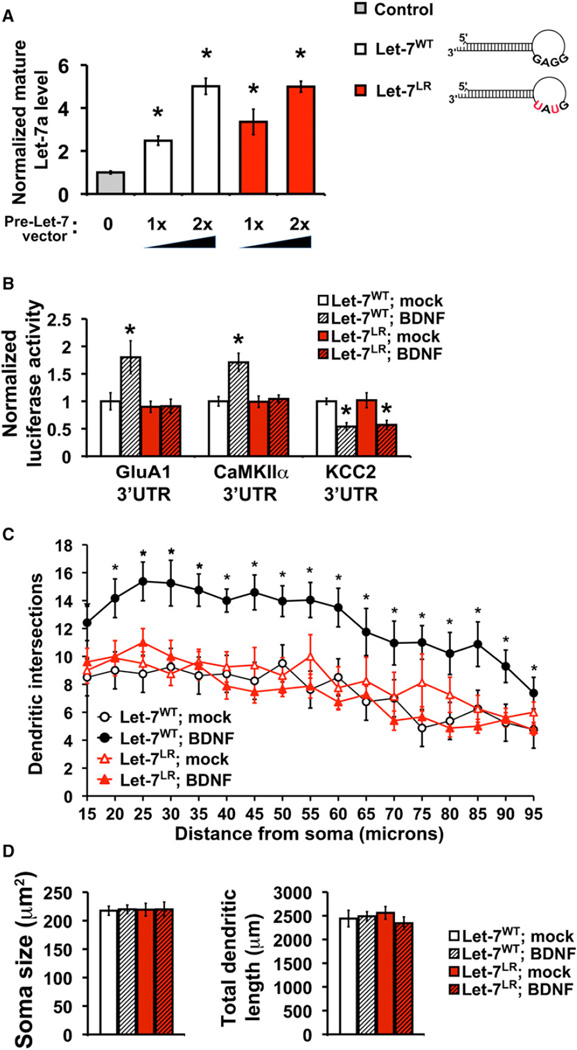Figure 6. Lin28-Mediated Degradation of Let-7 Precursors Is Required for Induction of BDNF-Upregulated Targets and Neuronal Outgrowth.
(A) Lentiviral-mediated expression of wild-type (Let-7WT) or Lin28-resistant (Let-7LR) Let-7 pre-miRNAs in neurons produced dose-dependent enhancement of mature Let-7a miRNA levels assessed by qRT-PCR and shown as fold change relative to infection with virus expressing GFP alone (gray bar, set as 1.0); 13 or 23 refers to viral dose.
(B) Expression of Let-7LR, but not Let-7WT, blocks specificity of BDNF for upregulated targets. Reporter assays in mock (open bars) or BDNF stimulated (hatched bars) neurons with luciferase constructs fused to the 3′UTR from BDNF-upregulated targets (GluA1 or CaMKIIα) or a downregulated target (KCC2).
(C) BDNF-induced dendrite outgrowth requires Lin28-mediated degradation of miRNA precursors. Dendrite complexity is quantitated for neurons expressing Let-7WT (black circles) or Let-7LR (red triangles) following mock (open shapes) or BDNF (25 ng/ml, closed shapes) treatment. *p < 0.05 by unpaired Student’s t test or unpaired one-way ANOVA between Let-7WT and Let-7LR in mock and BDNF conditions.
(D) Soma size (left) and total dendritic length (right) did not significantly differ between Let-7WT and Let-7LR in mock or BDNF treatment.
Error bars represent SEM. All experiments done in the presence of Actinomycin D. See also Figure S6.

